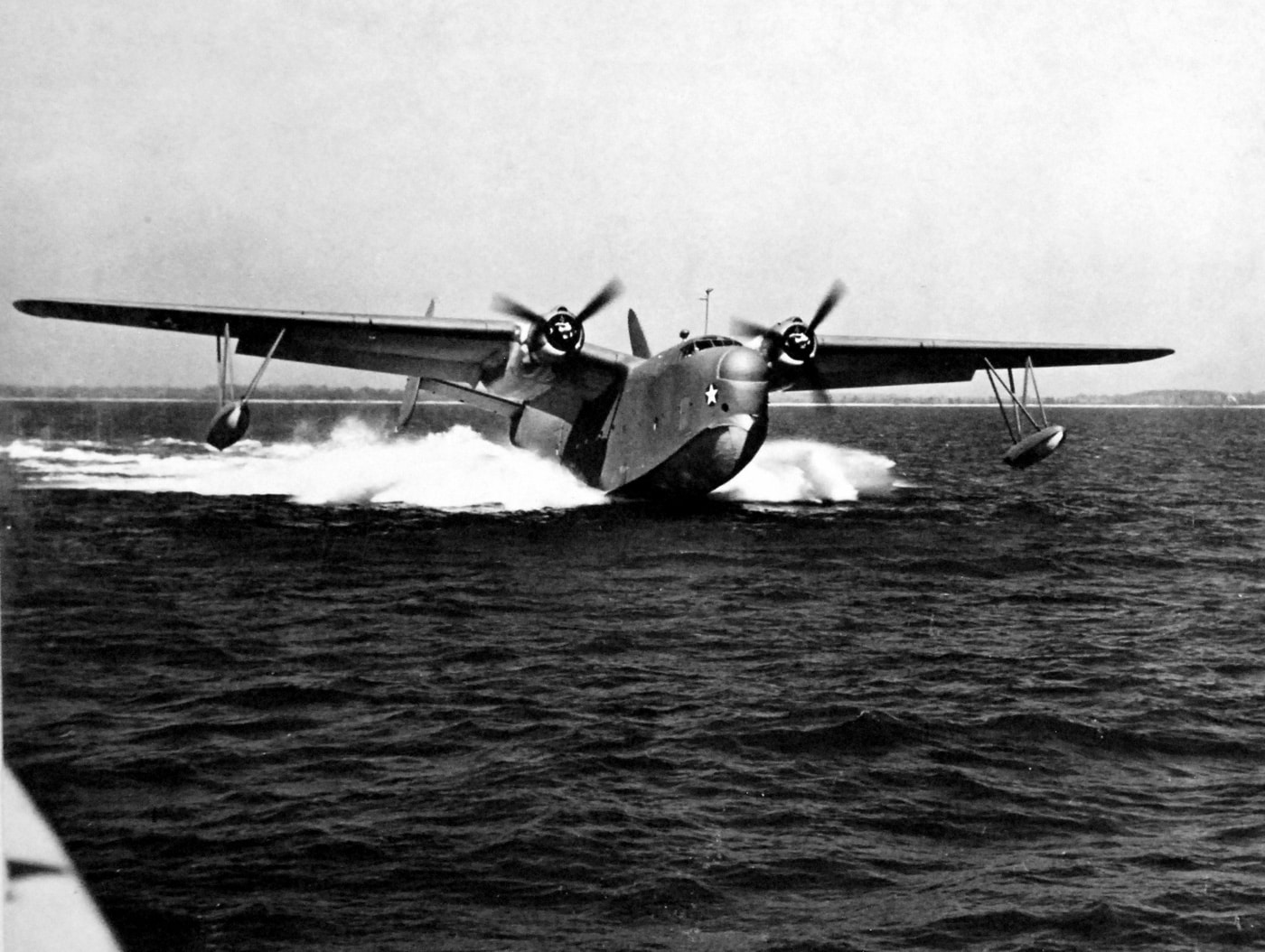The article, titled "Martin PBM Mariner — The Flying Boat Patrol Bomber," written by Richard Johnson, recounts the experiences of Herbert “Johnny” Johnson, a flight engineer on the Martin PBM Mariner during the Korean War. Johnson navigated a maritime war zone in a PBM that was converted to carry supplies instead of engaging in combat. The Mariner's role shifted from defense to logistic tasks, stripping it of much of its weaponry to support ground troops. Pilots, like Johnson, relied solely on their navigation skills and basic safety precautions to complete crucial missions.

The PBM Mariner was a twin-engine flying boat developed in the late 1930s. It was larger than the B-17 Flying Fortress and equipped with numerous machine guns and could carry significant payloads. Unlike the B-17, it could take off and land on water due to its hull design, making it suitable for long-range patrol missions. During WWII, the PBM was effectively deployed in anti-submarine and rescue operations, boasting features such as radar and Magnetic Airborne Detection (MAD) equipment, which enhanced its surveillance capabilities against German U-boats.
Beyond WWII, the PBM played vital roles in various military operations, including the Korean War. These flying boats undertook a range of tasks such as mine detection and reconnaissance. The PBMs were versatile, equipped with facilities like a bunkroom, galley, and latrine, which not only supported combat missions but also suited dignitary transport. Despite their significant contribution, few PBMs have survived, with one notable model preserved at the Pima Aerospace Museum. For more insights into this fascinating aircraft, you can read the original article, "Martin PBM Mariner — The Flying Boat Patrol Bomber".
No comments:
Post a Comment